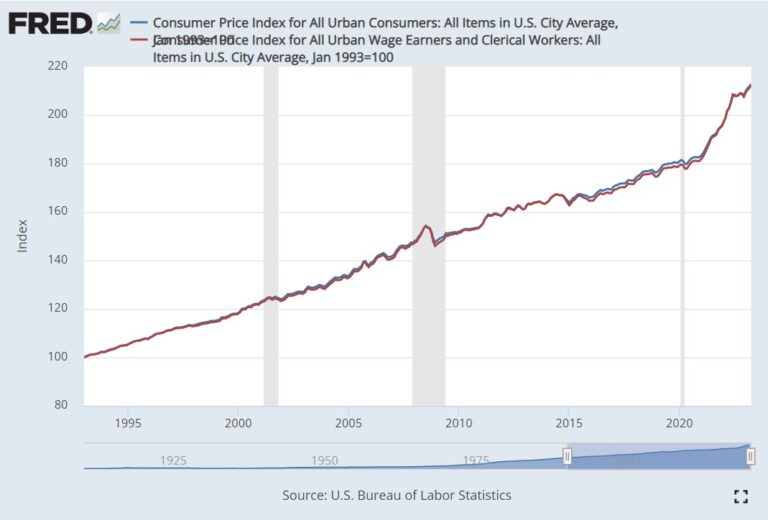Social Security COLA Increase for 2025: What to Expect
As we approach the end of 2024, discussions surrounding the 2025 Cost-of-Living Adjustment (COLA) for Social Security benefits are heating up. The COLA is a crucial adjustment that helps beneficiaries keep pace with inflation, ensuring that their purchasing power remains stable. Recent reports indicate that the 2025 COLA is projected to be around 2.5%, a modest increase compared to previous years.
Current Projections and Trends
According to various sources, including CBS News, U.S. News, and NBC News, the 2025 COLA is expected to be lower than earlier estimates. The Senior Citizens League (TSCL), a nonpartisan advocacy group, has been closely monitoring inflation rates and their impact on Social Security benefits. Their latest calculations suggest that the COLA will be approximately 2.5%, down from earlier projections of 2.57%.
Inflation's Role in COLA Calculations
The COLA is determined based on the Consumer Price Index (CPI), which measures inflation. The CPI has shown fluctuations throughout the year, with readings of 2.6% in July and a similar figure expected for September. These numbers indicate that while inflation remains a concern, the adjustments for Social Security benefits will not be as substantial as in previous years.
Historical Context
In recent years, beneficiaries have enjoyed more significant increases. For instance, the COLA for 2024 was set at 3.2%, reflecting higher inflation rates. However, the current economic climate, characterized by cooling inflation, suggests that the upcoming adjustments will be more modest.

Impact on Beneficiaries
The projected 2.5% COLA means that beneficiaries can expect a slight increase in their monthly payments. For example, if the average Social Security retirement benefit is around $1,870, a 2.5% increase would translate to an additional $46.75 per month starting in January 2025. Similarly, other benefits, such as survivor benefits and Social Security Disability Insurance (SSDI), will also see corresponding increases.
State-Specific Adjustments
Interestingly, the impact of the COLA will vary by state. According to a report from The Motley Fool, retirees in certain states will receive smaller raises due to lower median Social Security benefits. This disparity highlights the importance of understanding how local economic conditions can affect individual beneficiaries.
Upcoming Announcements
The official announcement regarding the 2025 COLA is expected on October 10, 2024. This date is crucial for millions of Americans who rely on Social Security for their livelihoods. While the current projections are helpful, the final figure will depend on the latest inflation data released by the Labor Department.
Expert Opinions and Predictions
Experts are closely monitoring inflation trends to provide accurate predictions for the COLA. As noted by CNET, while the COLA is expected to be lower than in previous years, it is still essential for beneficiaries to stay informed about potential changes. The Social Security Administration (SSA) will provide detailed information on how these adjustments will affect payments.

In summary, the 2025 COLA for Social Security benefits is projected to be around 2.5%, reflecting a modest increase in response to current inflation trends. Beneficiaries should prepare for this adjustment, which, while smaller than in previous years, will still provide some relief in maintaining their purchasing power. As we await the official announcement in October, it is crucial for individuals to stay informed and understand how these changes may impact their financial situations.
For more detailed information, you can refer to the following articles:
- Social Security benefits are projected to rise 2.5% in 2025 - CBS News
- What Will the Social Security COLA Raise Be for 2025? - U.S. News
- Social Security COLA 2025: Seniors can expect lowest cost-of-living increase - NBC News
Stay tuned for further updates as we approach the official announcement date!





